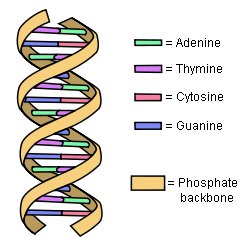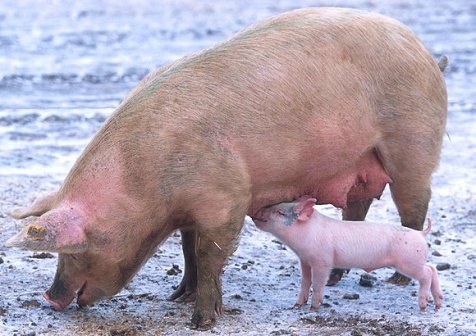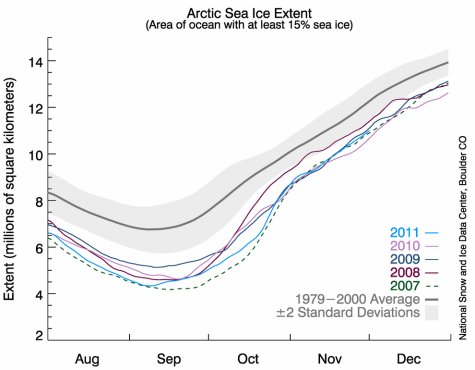
The problem is that simply lining two genomes up and looking for overlap might not be the best way to compare them. After all, it seems that genomes have been designed to change. Genes and their regulatory agents can move around, be copied to different parts of the genome, etc. As a result, when you compare genomes between species, you might need to be a bit more careful in how you do it.
One popular means by which geneticists compare genomes today is by looking at chunks of DNA in one organism and comparing them to the genome of the second organism. One common way to do this is to use the computer program called BLAST (Basic Local Alignment Search Tool). This program takes a chunk of DNA from one organism and splits it into a series of short sequences called “words.” It then looks through the genome of the second organism, trying to find regions where there is a lot of similarity with the words generated from the first organism. If the similarity is above a specified threshold level, BLAST scores it as an overlap, keeping track of precisely how similar the two sections of DNA are within that overlap.
In other words, rather than looking for long stretches of DNA that overlap between two organisms, BLAST looks for smaller regions of overlap. This makes sense, of course, since a given gene or a given regulatory piece of DNA takes up only a small part of the total genome. By comparing small parts of two genomes rather than the genomes in their entirety, you are better able to find the functional units within the DNA that are similar.
So…when scientists use a comparison method such as BLAST, how similar are human and chimp DNA? Surprisingly, the jury is still out on the definitive answer to that question!
Continue reading “More on Comparing the Human and Chimpanzee Genome”






